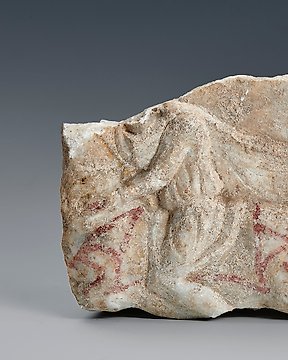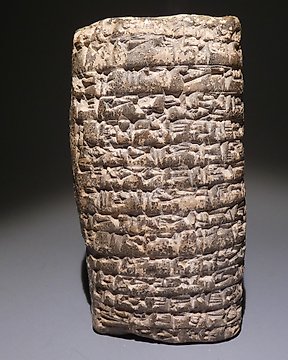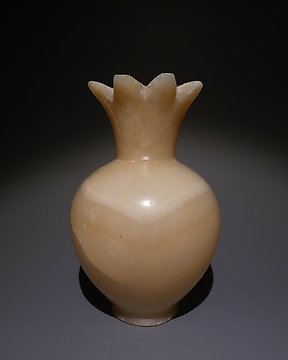免責聲明
賣家保證並能證明該物品是合法取得的。 Catawiki 通知賣家,他們必須提供其居住國法律要求的文件。 賣家保證並有權出售/出口此物品。 賣家將向買家提供有關該物品的所有已知來源的資訊。 賣家確保已/將安排任何必要的許可證明。 賣家將立即通知買家有關獲得此類許可時的任何延誤。
賣家保證並能證明該物品是合法取得的。 Catawiki 通知賣家,他們必須提供其居住國法律要求的文件。 賣家保證並有權出售/出口此物品。 賣家將向買家提供有關該物品的所有已知來源的資訊。 賣家確保已/將安排任何必要的許可證明。 賣家將立即通知買家有關獲得此類許可時的任何延誤。












